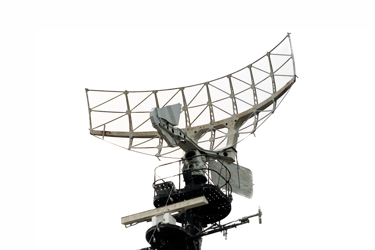S-Band Radar Advantages And Disadvantages

Key Takeaways
-
Radar works on the principle of electromagnetic waves.
-
S-band radar utilizes the microwave band in the electromagnetic spectrum, which ranges from 2GHz to 4GHz.
-
The most notable advantage of S-band radar is it is less susceptible to atmospheric attenuation.
Atmospheric effects can degrade radar signals
The performance, availability, and reliability of radar communications depend on the transmitted signal amplitude. When the signal amplitude is reduced due to atmospheric propagation effects, it affects the service period of radar communication systems. Higher frequency bands, such as the C band, X band, Ku bands, and Ka bands, are susceptible to absorption and scattering effects due to atmospheric conditions such as rain, snow, and ice. The atmospheric effects incur losses and degrade radar signals predominantly above the frequency of 11GHz. In this regard, S-band radar is utilized to overcome atmospheric effects. We will discuss S-band radar advantages and disadvantages in this article.
Get unlimited access to:
Enter your credentials below to log in. Not yet a member of RF Globalnet? Subscribe today.
